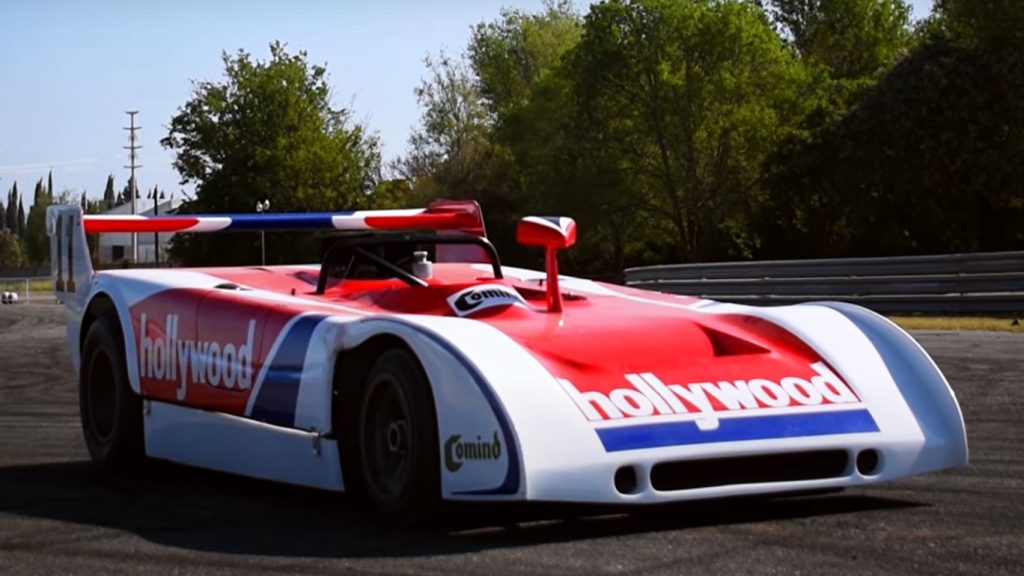The Momo brand is one of the names that comes to mind when we think of cars and tuning in general. Founded by Gianpiero Moretti, its name is an abbreviation of MOnza-MOretti and was born with a noble mission: to supply a special steering wheel for the Ferrari 158 with which John Surtees was Formula 1 champion in 1964. With success on the track came commercial success and with that Moretti, who had already been competing since the early 1960s with Lancia, Abarth and Porsche models, began to compete with the best machinery available from Ferrari at the time, the 512 S developed to take on the legendary Porsche 917 on the track.
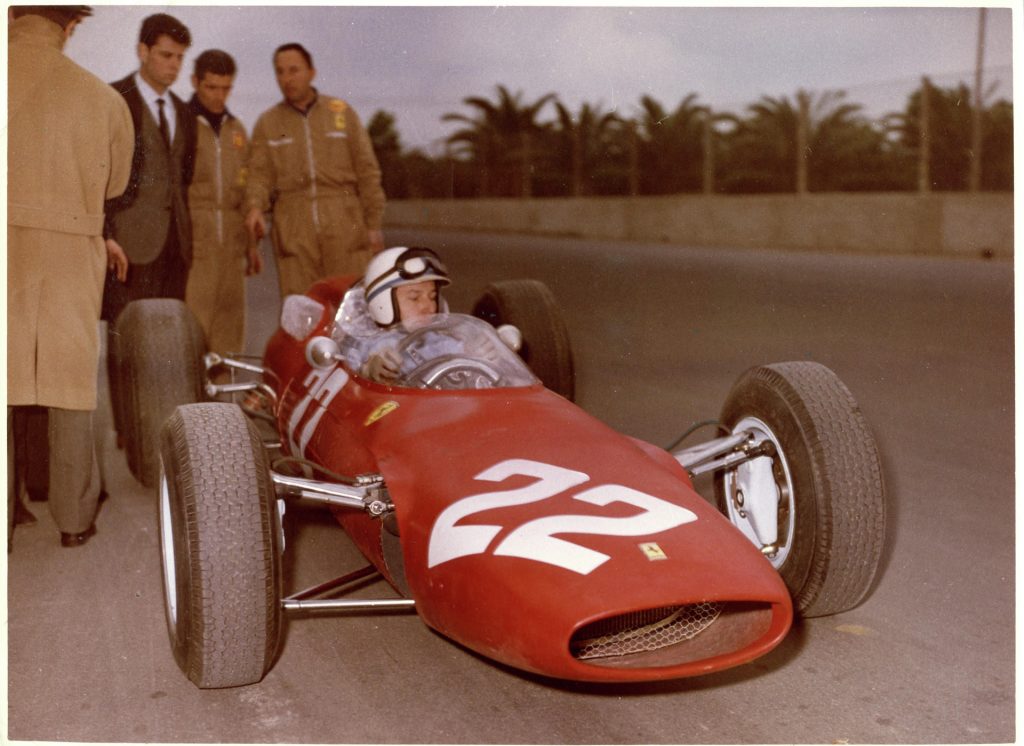
Moretti in the Brazilian race tracks
Incidentally, this car competed in the Brazilian Mil Milhas in 1970 – just imagine, it would be the same as having a Ferrari 499P competing in a national level race. Even with the excess equipment, the lack of knowledge about the Interlagos track meant that the duo Moretti and Corrado Manfredini were unable to extract the car’s full potential, and the several retirements among the prototypes resulted in an astonishing victory for the Alfa GTAm 2000 of Alcides and Abílio Diniz. The car also participated in the four races of the Copa Brasil at the end of the same year, but without winning any of the heats.
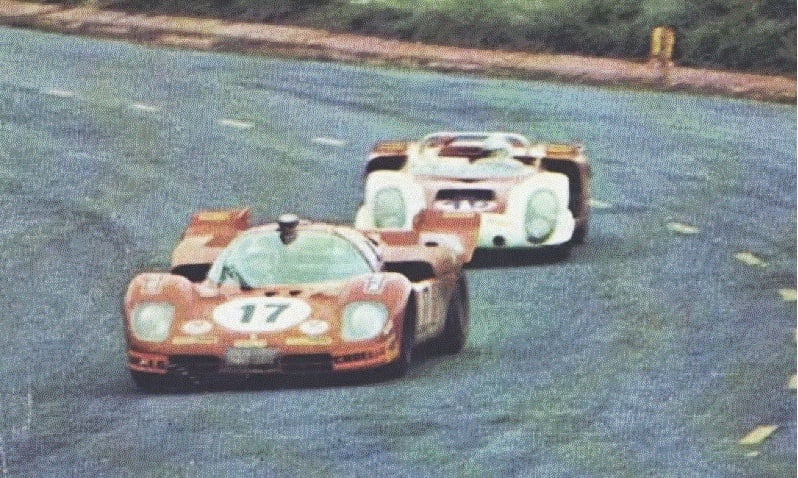
Moretti the race car builder
The story of how Moretti influenced Ferrari to develop the 333 SP for WSC/LMP1 regulations is well known, but his time as a car builder under his company’s name is less well known. In 1971, Moretti decided to switch from racing to construction, opening a workshop in Muggiò and hiring engineer Giorgio Valentini, who already had the BWA Formula 3 single-seater design on his resume (the first application of extruded aluminum profiles to build a low-cost chassis for low-volume cars and a technique that years later was used by Colin Chapman in the Lotus Elise). In September of the same year, work began on a prototype with a 2-liter engine.
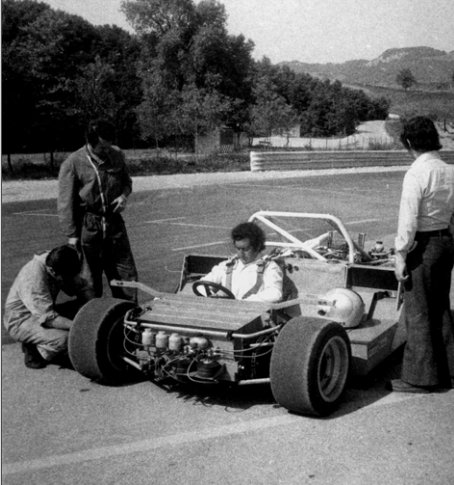
The chassis was constructed in the form of a monocoque of welded steel plates and a tubular rear subframe for mounting the engine, with the 80-litre fuel tank installed transversely. This resulted in a chassis weighing only 55 kg, with a torsional rigidity of the final car of 510 kgf.m/º..
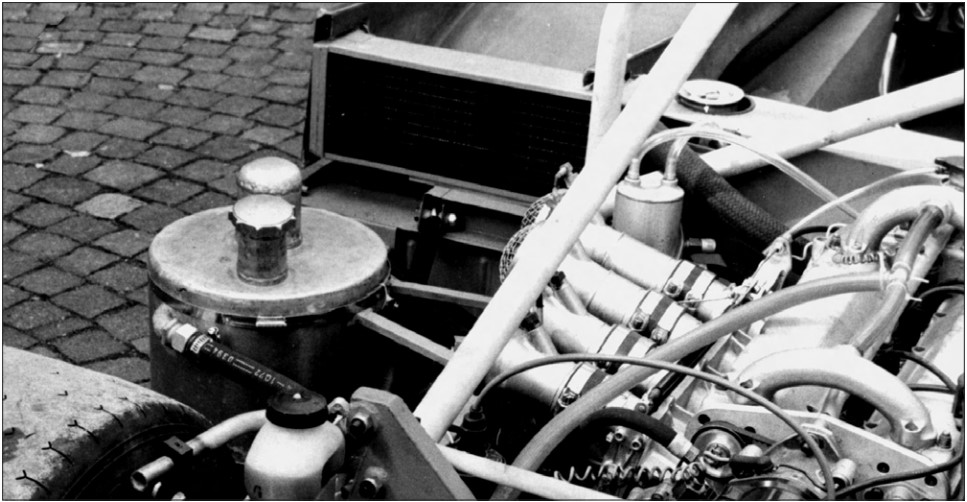
Equipped with a 2-liter 265 hp Abarth/Osella engine coupled to a Hewland DG400 transaxle, the small prototype used an unconventional suspension system, where springs and shock absorbers were replaced by expanded polyurethane elements with 2024 aluminum supports (Avional), remotely controlled through double-effect hydraulic actuators controlled by a group of valves, working with a pressure of 90 bar.
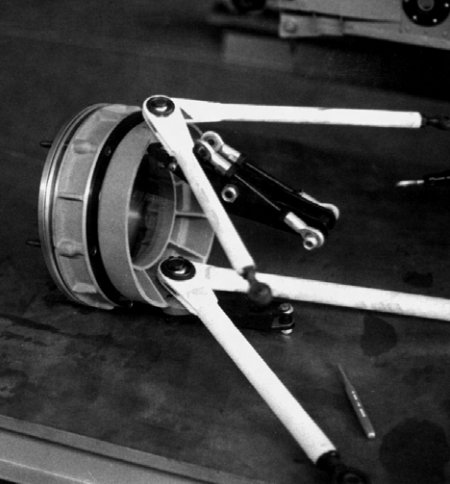
The front and rear wheel hubs were made of magnesium and received ultra-thin Kaydon bearings to reduce the oscillating mass of the system. In addition, the Momo prototypes brought several innovations such as on-board rear brakes and the steering wheel with a quick release system, predating the debut of the system in F1 by a year (the first car to have the quick release steering wheel system was the McLaren M23, in 1973).
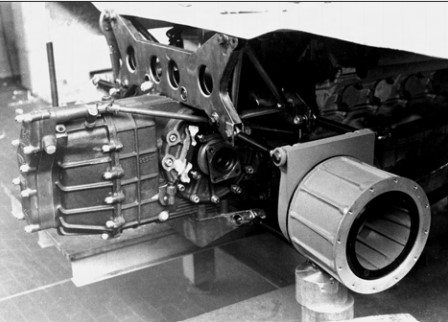
This car was entered, but did not compete in the 1000 Kilometers of Monza and Zeltweg.
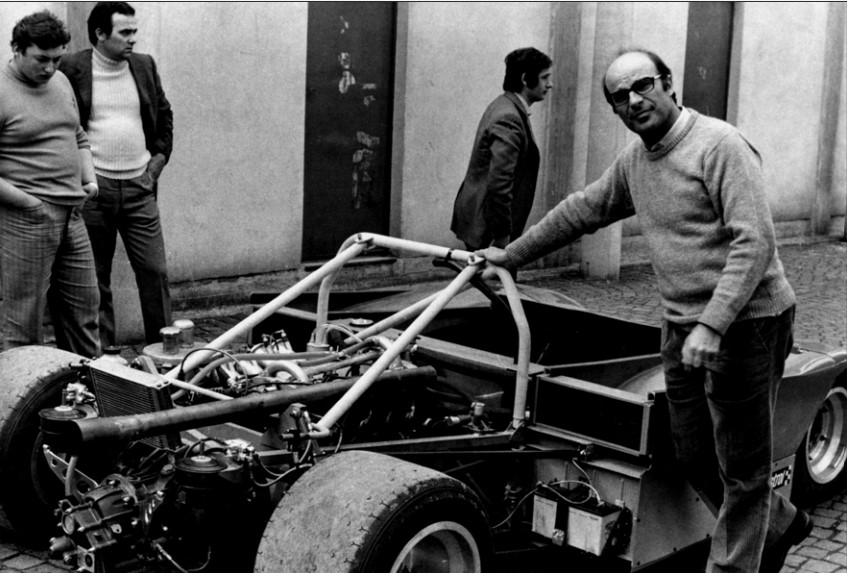
The Momo 2000 Abarth made its debut in 1972, in the Interserie race at Hockenheim, driven by Manfredini, finishing seventh and last among the competitors who completed both heats. In this race, the car suffered from excessive sensitivity due to an incorrect braking curve of the valves, which was largely eliminated by reworking the valves in the suspension’s hydraulic circuit.

In parallel, during the (European) summer of 1972, Moretti decided to develop a new prototype, now equipped with the Ferrari 512M V12 engine and a Hewland DG600 transmission, the same used in Can-Am and Interserie prototypes. To this end, an “enlarged” version of the Momo 2000 Abarth chassis was built, but now the monocoque was made of aluminum alloy with glued and riveted panels, resulting in a front section and a central section with two beams and a cross-brace in titanium sheet to stiffen the structure and support the engine. The hydraulic suspension system was maintained, but now working with 115/120 bar at the front and 95/100 bar at the rear due to the greater mass of the car, which had a weight distribution of 32/68.
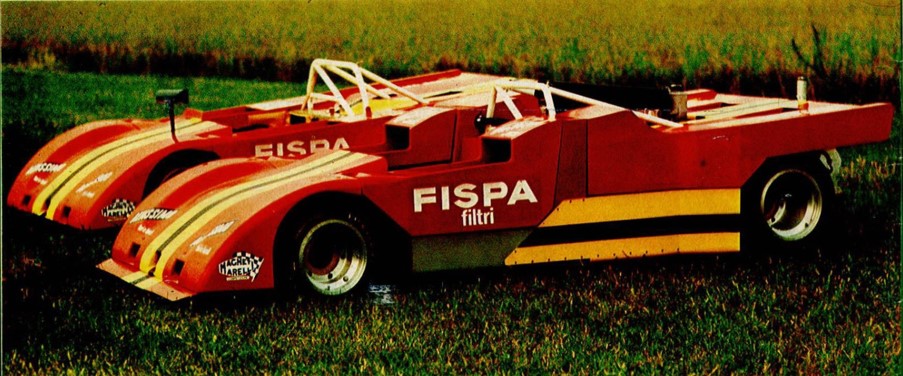
In this first version called “Intermedio”, the Momo 5000 remained very similar to the Momo 2000, being possible to differentiate them mainly by the splitter at the front and the enormous radiators installed almost vertically next to the pilot.
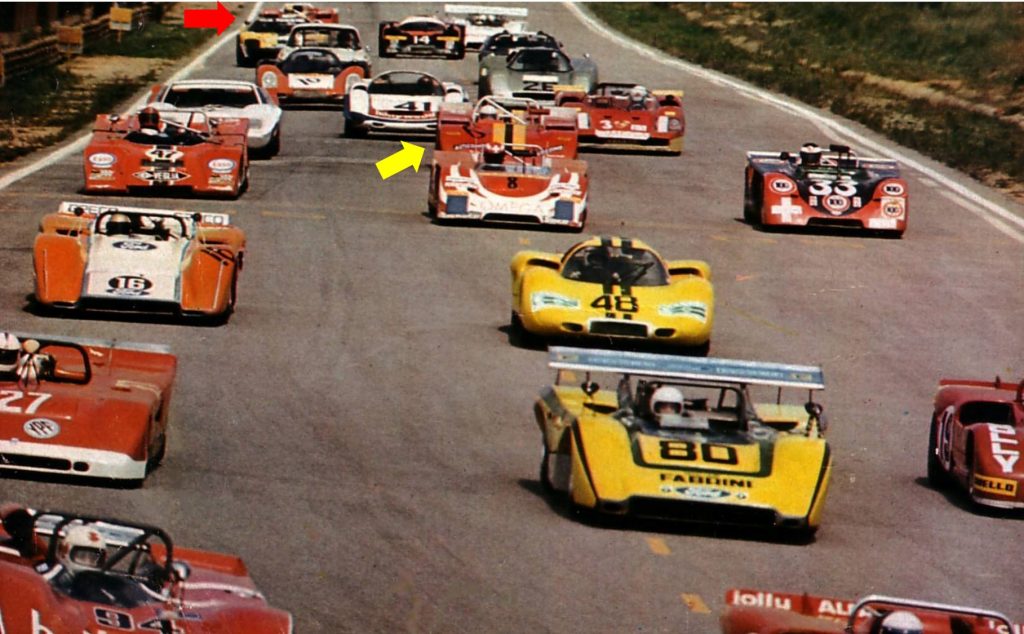
In this configuration, the two cars were shipped to Brazil to compete in the 500 Kilometers of Interlagos, which would mark the debut of the Momo 5000 “Intermedio” version. Manfredini continued to compete with the Momo 2000, while the new prototype was in the care of Moretti.
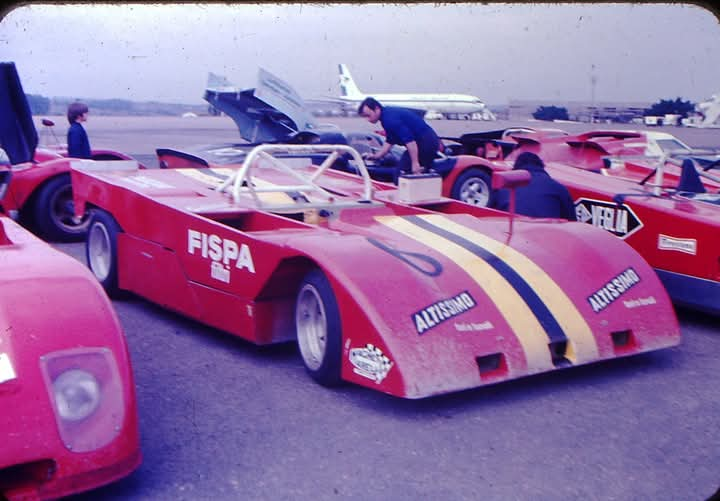
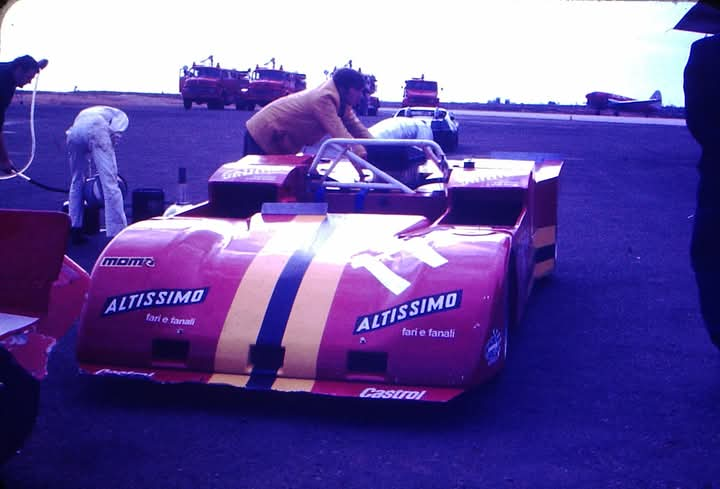
In the Brazilian race, however, the performance of both cars left much to be desired: Manfredini started in 17th place with a time of 1m01s157 while Moretti started in 28th place without setting a time.
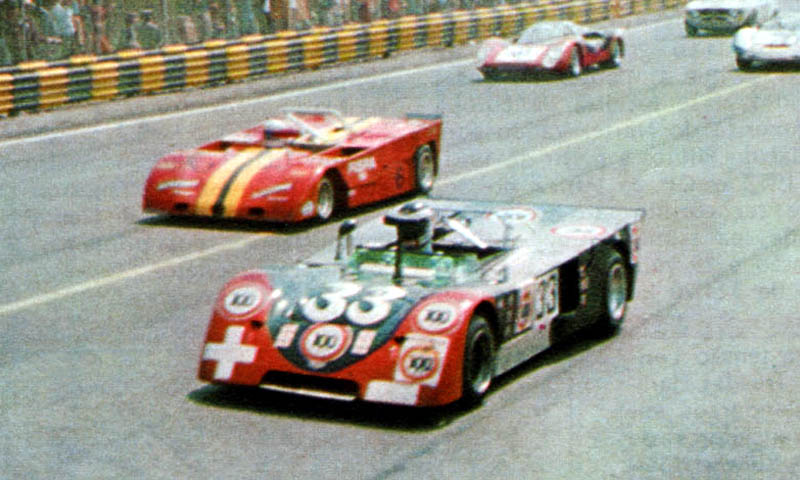
In the race, both cars retired: the Momo 2000 completed 34 laps while the Momo 5000 retired after only 3 laps. After that, the 2-liter prototype still competed in the 500 Kilometers of Imola, now with Moretti at the wheel. In the classification, the Italian obtained 18th position on the starting grid with a time of 2m04s140, retiring from the race on the first lap.
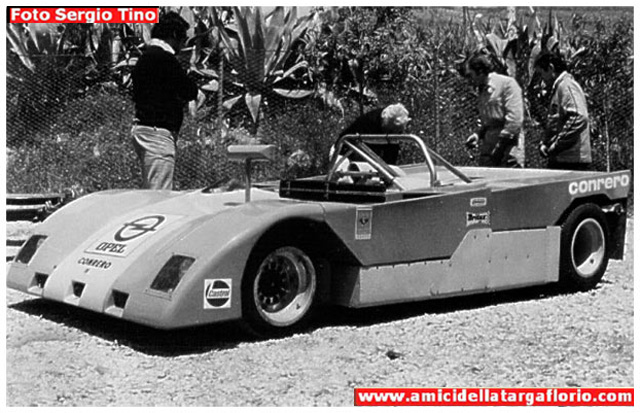
The Momo 2000 was later handed over to Virgilio Conrero’s team, which entered it in the 1973 Targa Florio. For this race, the prototype received an Opel GT 1.9 engine with a displacement increased to 2 liters, dual ignition, mechanical injection and a cylinder head with dual camshafts, resulting in 245 hp. The duo Giorgio Pianta and Pino Pica classified the car in 29th position (10th among the 2-liter prototypes), and were close to the lead after 5 of the 9 scheduled laps, when Conrero’s engine broke. The engine problems together with the difficulties with the hydraulic suspension meant that the project did not go ahead, ending the history of the Momo 2000.
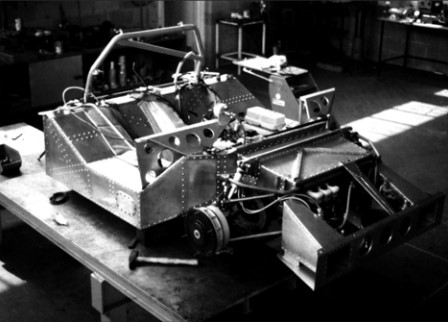
After the first tests, it became clear that to use the Ferrari V12 engine it would be necessary to completely redesign the car. Therefore, a new chassis was built to improve the installation of the Ferrari V12 engine and auxiliary systems.
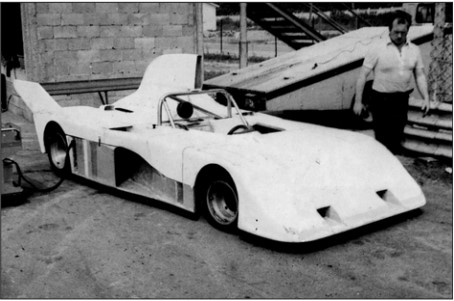
In addition, Valentini developed a new bodywork with a much more elegant profile, with the radiators positioned on the side of the cockpit and NACA ducts to direct air for cooling, and a “coffee pot” style air intake that was common among Formula 1 and World Championship cars at the time.
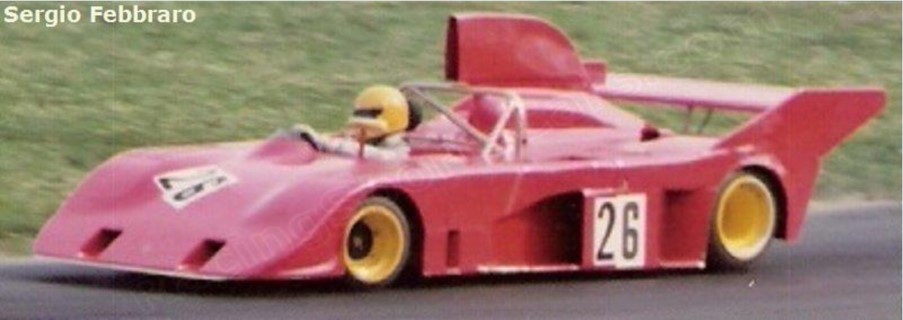
In this configuration, the car was entered for the 1974 Interserie race at Casale, with Moretti retiring from both heats.

Since then, the prototype has not participated in any other race, but according to information it went to Australia in 1983, without the Ferrari engine, where it must undergo a restoration process.
Acknowledgments:
We would like to thank Ed Brunette, who shared several articles and images that are part of his research on Giorgio Valentini and the Momo prototypes, and which enriched the content of this publication.
Sources:
La macchina rossa. Available at: https://blogdamilmilhas.blogspot.com/2011/03/la-macchina-rossa.html.
A Ferrari de Moretti. Available at: https://www.alfaromeoclube.com.br/alfanews/a-ferrari-de-moretti/.
All Results of Gianpiero Moretti. Available at: https://www.racingsportscars.com/driver/results/Gianpiero-Moretti-I.html.
All Results of Abarth Momo. Available at: https://www.racingsportscars.com/type/results/Abarth/Momo.html.
Targa Florio 1973. Available at: https://www.racingsportscars.com/photo/Targa_Florio-1973-05-13.html?sort=Default.
All Results of Momo. Available at: https://www.racingsportscars.com/make/results/Momo.html.
ON THE DESIGN OF A LOW-COST RACING CAR CHASSIS. S. Chignola, M. Gadola, L. Leoni and M. Resentera.
Giorgio Valentini progettista indipendente eclettico e innovativo. AISA·Associazione Italiana per la Storia dell’Automobile.
GIORGIO VALENTINI “TRE VETTURE DA COMPETIZIONE ESPERIENZE DI UN PROGETTISTA INDIPENDENTE” Milano, Museo della Scienza e della Tecnica 20 aprile 1991.

